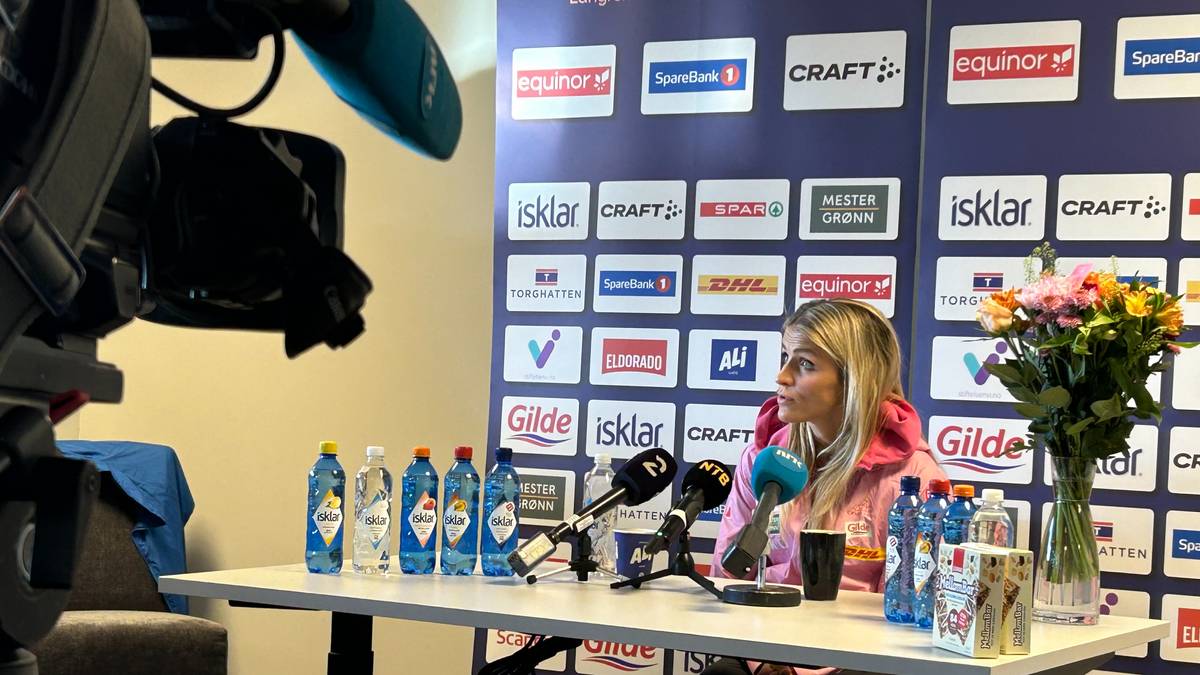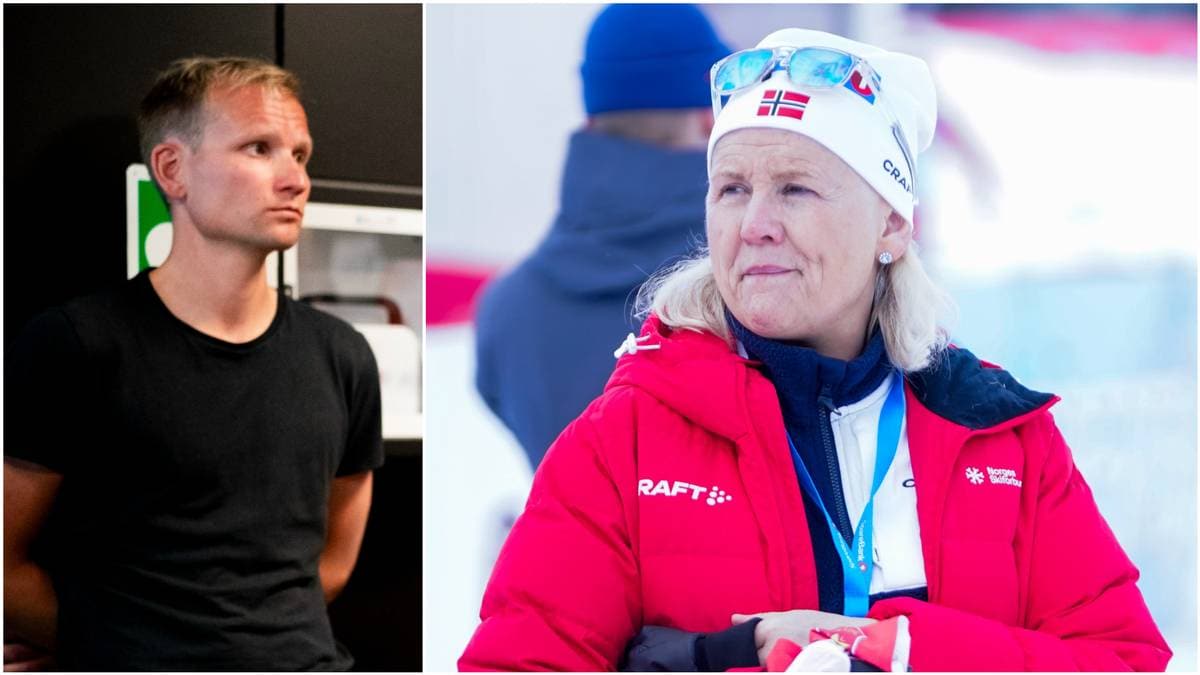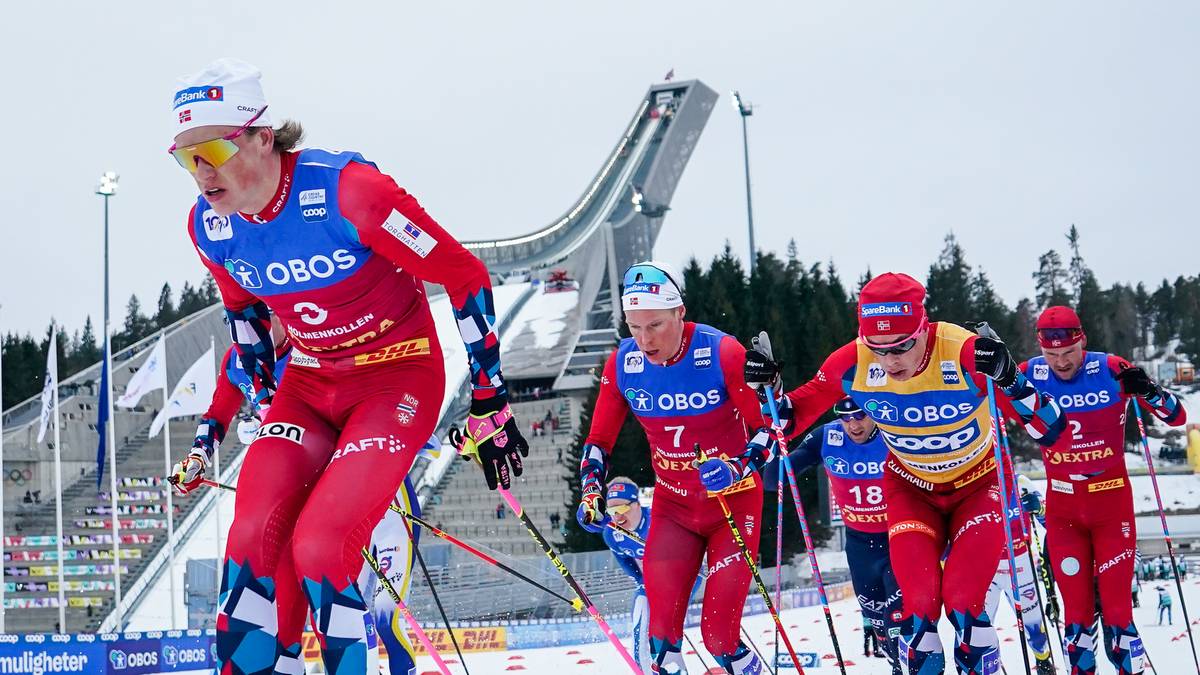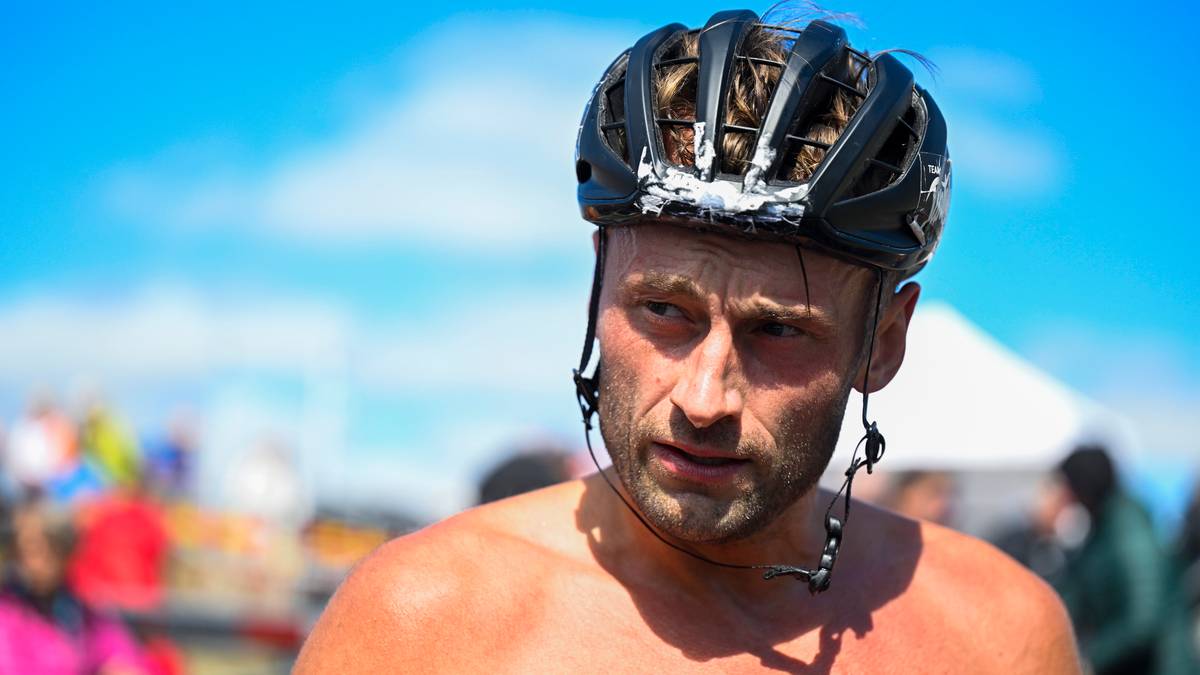
The Decline of Media Coverage in Cross-Country Skiing Since 2018
Originally published in NRK on October 02, 2024
Norwegian media has long celebrated cross-country skiing as a cherished national sport; however, recent analyses reveal a significant decline in its coverage. According to data from Retriever Norway, interest in the sport has dropped sharply over the past six years.
While cross-country skiing continues to attract the most media attention among winter sports in Norway, this coverage pales in comparison to the glory days of stars like Marit Bjørgen and Petter Northug. Between 2010 and 2018, the annual number of articles devoted to cross-country skiing ranged from 30,000 to 35,000. In stark contrast, the number of articles published last year fell to just 23,614, with only 14,248 articles appearing so far this year.
Pål Gunnar Mikkelsplass, head coach of the women’s national team, attributes this decline to several complex factors.
"Perhaps the media has less funding now and travels less. There are many other sports vying for attention. Our female athletes are often compared to stars like Haaland," Mikkelsplass remarked during a press event at Mosetertoppen stadium on Wednesday.
He added,
"A decline in interest is never a positive sign. However, I believe this issue isn’t exclusive to cross-country skiing."
Fewer Competitors and Lesser Profiles
Benedicte Andersen, an analysis chief at Retriever Norway, similarly points to multiple factors contributing to the reduced coverage.
"We thrive on victory in cross-country skiing, but we desire more competition. In recent years, Norwegians have dominated the sport, often merely swapping podium spots," she explained.
Andersen noted that this domination diminishes the news value, especially due to the lack of competitive challenges from other nations, and emphasized the absence of standout personalities in the sport.
"Petter Northug was a unique phenomenon. He commanded media attention and is the most talked-about winter sports athlete in the past 15 years. Only Marit Bjørgen has come close to matching his level of visibility," Andersen stated.
The Evolving Media Landscape
Another factor contributing to the decline is the rapidly changing media environment. According to Andersen, it’s no longer solely NRK that covers championships and competitions.
"There are more channels, more platforms, and many vying for audience attention," she noted. This shift affects not just winter sports, but various sports overall.
"You can’t watch everything in a linear manner anymore, which I believe impacts viewer ratings and focus, complicating access to broadcasts of World Cups and other championships," she added.
Therese Johaug also expressed her own difficulties navigating the broadcasting channels for ski races.
"It varies between NRK, TV 2, and Viaplay. Even I find it confusing. Who shows the ski races? What channel should I turn to? This may lead to decreased interest since it all feels more cumbersome," she explained during a press conference on Wednesday.
Johaug believes it's crucial for athletes to engage the audience in order to sustain interest in cross-country skiing.
"We need to share more about our personal lives, show others a glimpse into our world, and create captivating imagery," she asserted.
Skiing Federation Responds with Different Perspectives
The Norwegian Ski Federation addressed the analysis data, clarifying their stance through press chief Espen Graff, who stated via email:
"Cross-country skiing, along with football, remains one of the most discussed sports in Norway and holds a unique position in our culture."
He noted that many of Norway’s largest media outlets report that articles about cross-country skiing continue to rank among the most read, asserting that media coverage is higher and more consistent than the University data suggests.
"At the same time, it’s crucial to adapt to new demands and realities. There is a strong emphasis on this," Graff continued.
He also highlighted the need for the sport to evolve alongside the changing media landscape, catering to a diverse audience with varying expectations.
"It’s beneficial to hold discussions on how sponsors and athletes can collaborate to maintain high interest levels. Engagement is crucial," he concluded.
Despite these concerning trends, Andersen from Retriever Norway reassured that cross-country skiing continues to receive considerable media coverage. Since 2018, the sport has been featured in approximately 180,300 articles, contrasting sharply with biathlon's 60,000 articles and ski jumping's 55,500 articles during the same period.
Changes in the Sponsorship Landscape
Recently, a significant shift in sponsorship was announced, with Equinor ending its primary sponsorship of cross-country skiing after this winter season and Sparebank 1 also concluding its support. This change means that two of the sport's three main sponsors are withdrawing.
Stein Bugge, the sponsorship chief from Sparebank 1, noted last month a decline in the visibility of cross-country skiers. In response, Thea Moen from Equinor stated in an email to NRK that their decision to withdraw was not influenced by the sport's media coverage.
"For us, Norwegian cross-country skiing remains an attractive sport for sponsorship," Moen emphasized.
She explained that Equinor is shifting its focus to sponsorships that align with its goals in the energy transition.
"As a company, we aim to lead in the energy transition, and our sponsorship agreements will reflect this target," Moen concluded.
See Also

Equinor Withdraws Sponsorship: A Setback for the Norwegian Ski Federation
September 24, 2024 / NRK Sport

Norwegian Government Moves to Dismiss Holmenkollen as National Arena for Nordic Sports
September 03, 2024 / NRK Sport
Petter Northug's Comeback: A Controversial Return to Cross-Country Skiing
October 01, 2024 / Sport1

Northug's Challenge: Racing Against Time and Expectations
August 19, 2024 / NRK